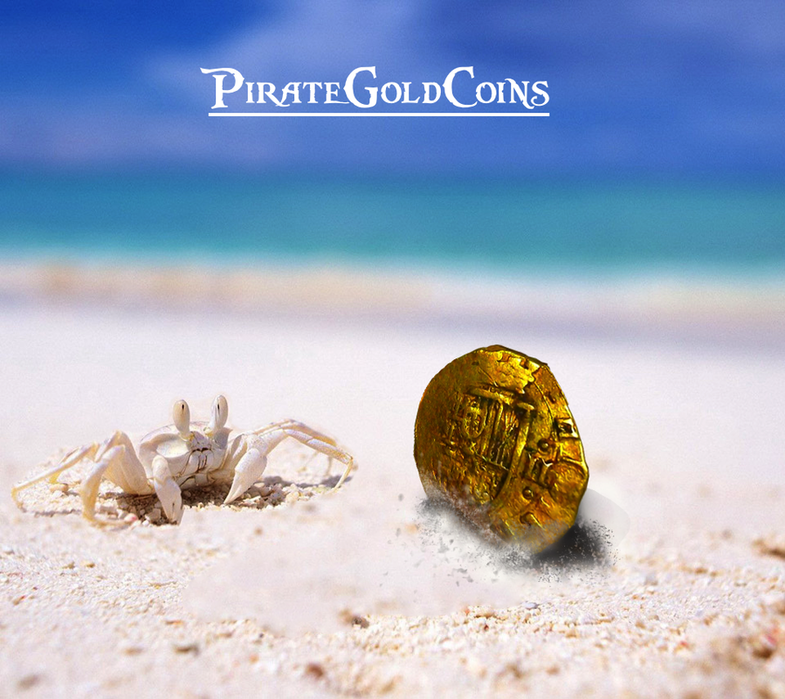SPAIN 2 ESCUDOS 1556-98 "PHILIP II" ~ NGC 30 ~
SPAIN 1556-98 2 ESCUDOS NGC 30 GOLD COB DOUBLOON “FINEST KNOWN" KING PHILIP II "ATOCHA SHIPWRECK ERA" SEVERAL 1598 GOLD PIECES WERE RECOVERED FROM THE 1622 SENORA DE LA ATOCHA."
Philip II of Spain (Spanish: Felipe II; 21 May 1527 – 13 September 1598) was King of Spain (as Philip II in Castille and Philip I in Aragon) and Portugal as Philip I (Portuguese: Filipe I). During his marriage to Queen Mary I, he was King of England and Ireland and pretender to the kingdom of France. As heir to the Duchy of Burgundy, he was lord of the Seventeen Provinces of the Netherlands. Known in Spanish as "Philip the Prudent" (Felipe el Prudente), his empire included territories in every continent then known to Europeans and during his reign Spain was the foremost Western European power. Under his rule, Spain reached the height of its influence and power, directing explorations all around the world and settling the colonisation of territories in all the known continents including his namesake Philippine islands. However, he was also responsible for four separate state bankruptcies in 1557, 1560, 1575, and 1596; precipitating the declaration of independence which created the Dutch Republic in 1581; and the disastrous fate of the 1588 invasion of England.
Philip was born in Valladolid, the son of Charles V, Holy Roman Emperor and King of Spain, and his consort, Isabella of Portugal. He was described by the Venetian ambassador Paolo Fagolo in 1563 as "slight of stature and round-faced, with pale blue eyes, somewhat prominent lip, and pink skin, but his overall appearance is very attractive." The Ambassador went on to say "He dresses very tastefully, and everything that he does is courteous and gracious."
Philip II of Spain (Spanish: Felipe II; 21 May 1527 – 13 September 1598) was King of Spain (as Philip II in Castille and Philip I in Aragon) and Portugal as Philip I (Portuguese: Filipe I). During his marriage to Queen Mary I, he was King of England and Ireland and pretender to the kingdom of France. As heir to the Duchy of Burgundy, he was lord of the Seventeen Provinces of the Netherlands. Known in Spanish as "Philip the Prudent" (Felipe el Prudente), his empire included territories in every continent then known to Europeans and during his reign Spain was the foremost Western European power. Under his rule, Spain reached the height of its influence and power, directing explorations all around the world and settling the colonisation of territories in all the known continents including his namesake Philippine islands. However, he was also responsible for four separate state bankruptcies in 1557, 1560, 1575, and 1596; precipitating the declaration of independence which created the Dutch Republic in 1581; and the disastrous fate of the 1588 invasion of England.
Philip was born in Valladolid, the son of Charles V, Holy Roman Emperor and King of Spain, and his consort, Isabella of Portugal. He was described by the Venetian ambassador Paolo Fagolo in 1563 as "slight of stature and round-faced, with pale blue eyes, somewhat prominent lip, and pink skin, but his overall appearance is very attractive." The Ambassador went on to say "He dresses very tastefully, and everything that he does is courteous and gracious."








